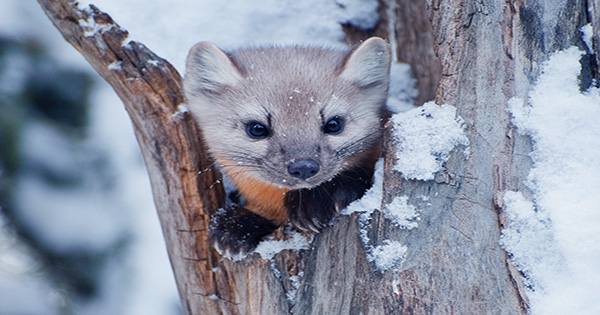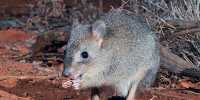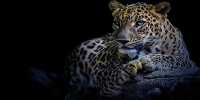Defining a species is a perfect science, and as the tools available to us become more sophisticated, we can occasionally find new to science species hidden in the animal populations we have been studying for some time. This exact scene recently expanded the library of a predatory mammal known as ermine, which found in a combination of three distinct species.
The study, published in the Journal of Diversity and Distributions, named Mustela ermine (Eurasian ermines), Mustela richardsonii (mostly North American species), and Mustela haidarum, are found only in the British Columbia’s Haida Gwaii archipelago in the eastern archipelago and in the Welles. These silky, fluffy killers do not seem to be very dangerous, but ermines are remarkably efficient predators despite the small frame. Their diets range from small mammals to wolves and rats to larger game species such as rabbits and chickens and they found all over the world.
For Jocelyn Colella, the lead author of the new study, oysters are a familiar family. His previous research explored how populations at high altitudes could become isolated during the ice age and reappear as the landscape warms up.
As curator of mammals at the University of Kansas Biodiversity Institute, he had the opportunity to study extensively in the field – but this latest discovery facilitated by some in-depth analysis of frozen samples around the world. Using tissue samples, Colella and his team were able to compare North American irises with animals from Europe and Asia. They sequentially created their genes and compared the skull shape to find out if there any genes or physiological features that were consistently different enough to qualify a new species within a particular population.
Certainly, their results were characteristic enough to form three distinct species, one of which (M. haidarum) was confined to the Prince of Wales off the coast of British Columbia, southeast Alaska, and Haida Gwaii. Their specification (an evolutionary process that shows different populations of the same animal adapted enough to become a separate species) probably happened because their range had a different climate in the surrounding landscape with relatively smaller ice.
“These groups were handing over, and then this population got stuck on these islands and then a lot of time passed, more ice fell and they gradually became their own species,” Colella said in an interview with KTOO, and he believes living there May be many more species will have to be discovered there. “We have no idea what is there and we need to use these new techniques to better understand the diversity of the island.”














